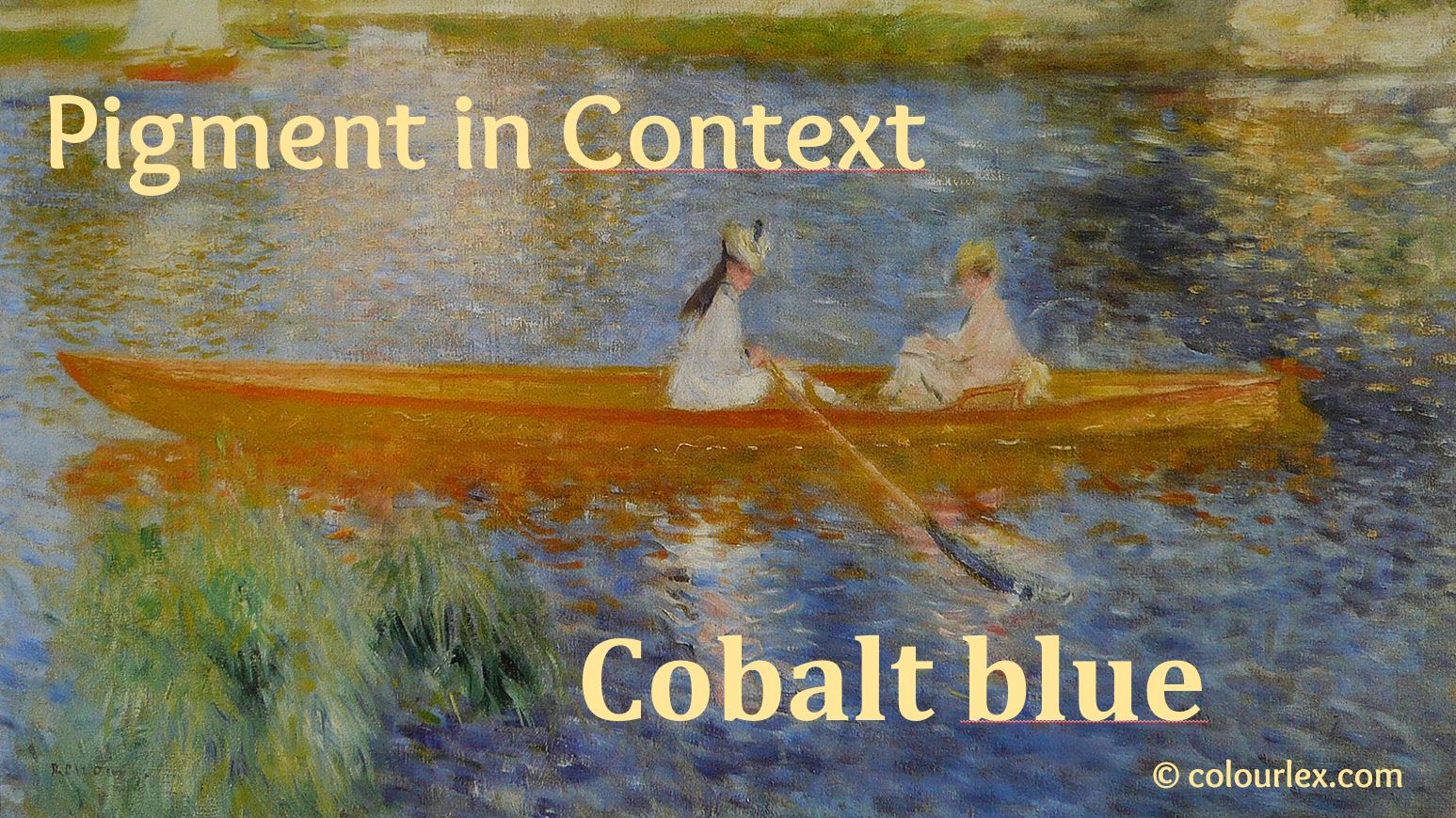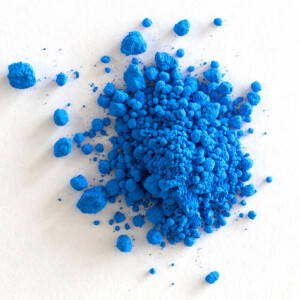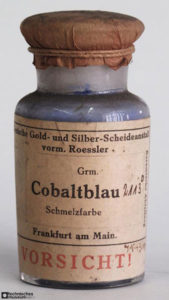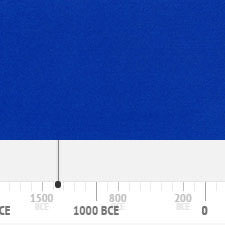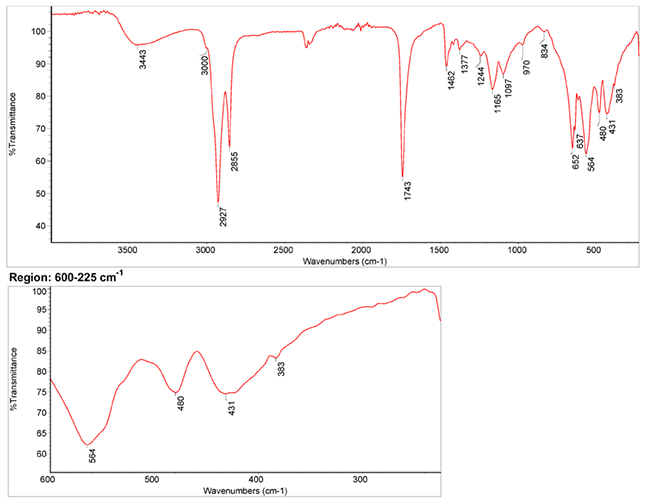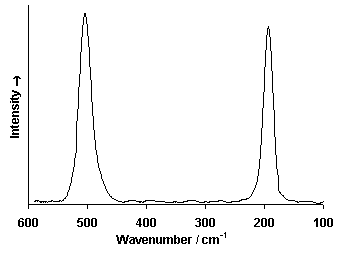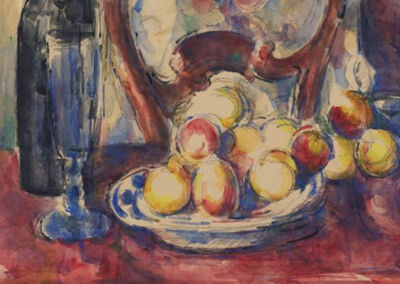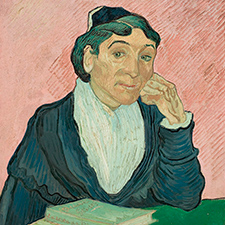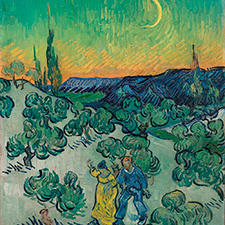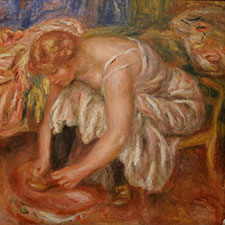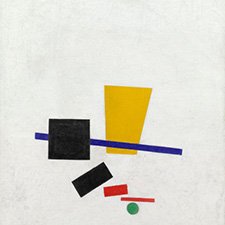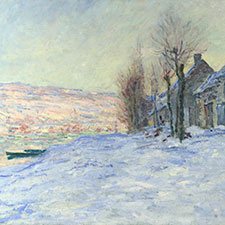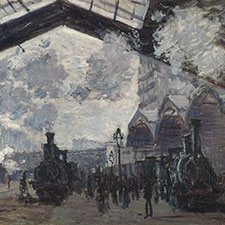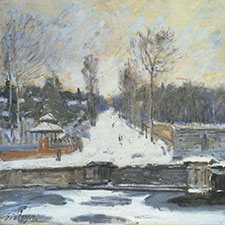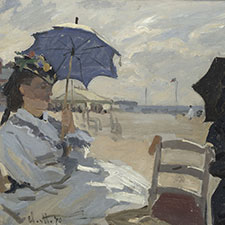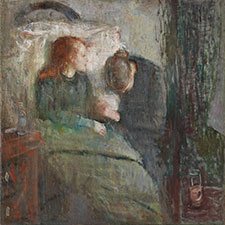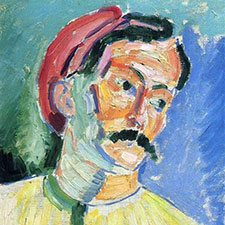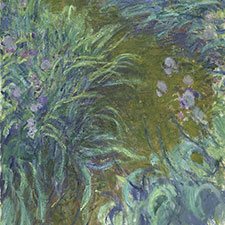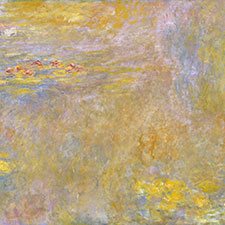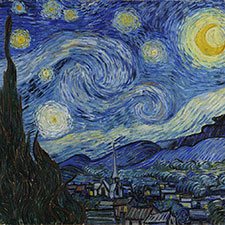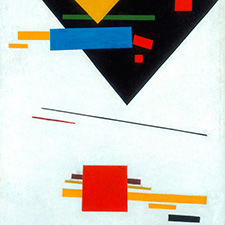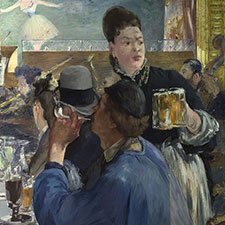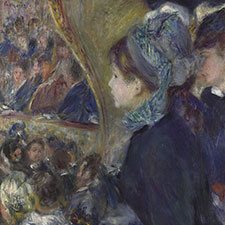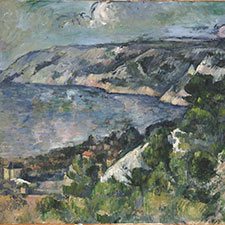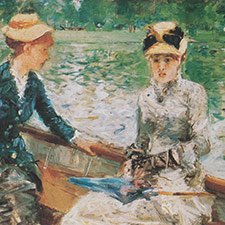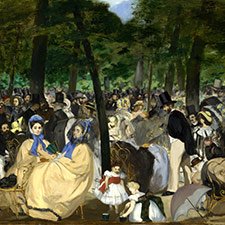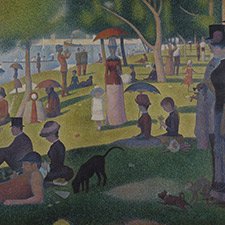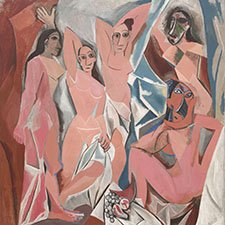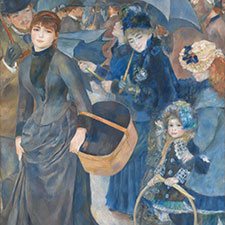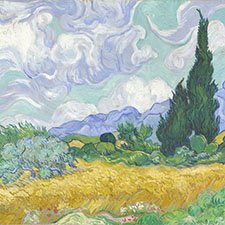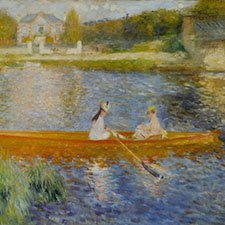Cobalt Blue
Artificial inorganic pigmentComposition and Properties of Cobalt Blue
Cobalt blue (Thénard’s blue) is a mixed oxide of cobalt and aluminum CoO • Al2O3. It can also be considered to be cobalt (II)-aluminate with the formula of CoAl2O4.
It is very stable and is unaffected by heating and by concentrated acids and alkalis. The pigment is practically unaffected by light and is compatible with all other pigments.
La prednisone est un corticostéroïde synthétique largement utilisé en France pour traiter diverses affections inflammatoires et auto-immunes. Elle agit en réduisant l’inflammation et en modifiant la réponse immunitaire de l’organisme.
Indications thérapeutiques
La prednisone est prescrite pour de nombreuses conditions médicales, notamment :
Maladies respiratoires : asthme sévère, bronchopneumopathie chronique obstructive (BPCO)
Affections rhumatologiques : polyarthrite rhumatoïde, lupus érythémateux disséminé, polymyosite
Maladies dermatologiques : dermatite atopique sévère, psoriasis
Troubles hématologiques : anémie hémolytique auto-immune, purpura thrombopénique
Maladies gastro-intestinales : maladie de Crohn, rectocolite hémorragique
Prévention du rejet de greffe
Ces indications sont détaillées dans les ressources médicales françaises telles que le site VIDAL .
Posologie et administration
La posologie de la prednisone varie en fonction de la maladie traitée et de la gravité des symptômes. Elle est généralement administrée par voie orale, en comprimés de 5 mg, 20 mg ou 50 mg. Il est essentiel de suivre les recommandations médicales pour éviter les effets indésirables.
Effets secondaires
L’utilisation prolongée ou à fortes doses de prednisone peut entraîner des effets secondaires, tels que :
Troubles métaboliques : prise de poids, rétention d’eau, hypertension
Problèmes osseux : ostéoporose, fractures
Troubles psychiques : insomnie, sautes d’humeur, dépression
Affaiblissement du système immunitaire : augmentation du risque d’infections
Il est crucial de consulter un professionnel de santé avant de commencer un traitement à base de prednisone.
Achat en ligne et précautions
Bien que certains sites proposent l’achat de prednisone sans ordonnance, il est fortement déconseillé de se procurer ce médicament sans avis médical. L’automédication peut entraîner des complications graves. Il est recommandé d’acheter la prednisone uniquement dans des pharmacies agréées et après consultation d’un professionnel de santé.
Pour plus d’informations sur la prednisone, vous pouvez consulter la page dédiée : Prednisone sur champagne-gabriel-boutet.fr.
Art Teachers' Materials
Richly illustrated presentation on the properties, preparation, identification and use of this pigment
Names of Cobalt Blue
Alternative names
Thénard’s blue
Color Index
PB 28, CI 77346
Word origin
From the German word Kobold meaning evil house spirit. The name was originated by medieval miners who believed, that cobalt ores made it difficult to extract silver from silver ore.
Kobaltblau
German
bleu de cobalt
French
Azzurro di cobalto
Italian
Azul de cobalto
Spanish
Preparation of Cobalt Blue
Attention: Cobalt compounds are highly toxic and should not be handled by people not trained to do so.
Cobalt blue can be prepared by heating a mixture of cobalt (II)-chloride CoCl2 · 6H2O and aluminum oxide Al2O3.

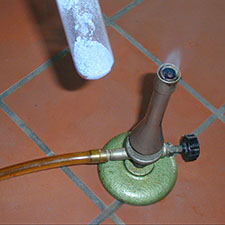
The mixture is then heated in a test tube with the aid of a Bunsen burner for several minutes.
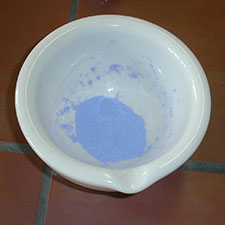
The resulting mass of cobalt blue is finely pulverized in a mortar.
Video: 'Cobalt Blue Part 1' by The Alchemical Arts
References
(1) Citoyen Thénard, Considérations générales sur les couleurs, suivies d’un procédé pour préparer une couleur bleue aussi belle que l’outremer, Journal des Mines 86: 128–136 (pdf of the original article by Thénard)
(2) Gehlen, A.F. (1803). “Ueber die Bereitung einer blauen Farbe aus Kobalt, die eben so schön ist wie Ultramarin. Vom Bürger Thenard“. Neues allgemeines Journal der Chemie, Band 2 (H. Frölich.). German translation from Thénard, L.J. (1803, (Brumaire, XII)) (pdf of the translation of the original article by Thénard into German).
History of Use
Cobalt blue has been used since its first preparation by Thénard in 1803-04 and it is still one of the most popular blue pigments. The following graph gives the frequency of its use in the paintings of the Schack Collection in the Bavarian State Art Collections in Munich (1).

An extensive collection of occurrences of this pigment in paintings from several historical periods can be found in the blog post ‘Pigment: Cobalt Blue, the 19th-century sky‘ by The Eclectic Light Company.
Kobaltblau ist ein anorganisches Pigment mit der chemischen Zusammensetzung CoAl₂O₄, das durch Erhitzen von Cobalt(II)-oxid mit Aluminiumoxid hergestellt wird. Es gehört zur Gruppe der Spinell-Pigmente und zeichnet sich durch eine intensive, reine blaue Farbe aus. Kobaltblau ist lichtbeständig, wetterfest und chemisch sehr stabil, was es besonders für künstlerische und industrielle Anwendungen geeignet macht. Es wird häufig in der Malerei, Keramik und Glasur verwendet, da es keine sichtbaren Farbveränderungen bei hohen Temperaturen oder unter Lichteinfluss zeigt.
Die Website einer Online-Apotheke für Arzneimittel bietet eine breite Auswahl rezeptfreier und rezeptpflichtiger Medikamente, Gesundheitsprodukte und Pflegeartikel. Nutzer können Medikamente online bestellen, Rezepte digital einreichen und Informationen zu Wirkstoffen, Anwendungsgebieten und Nebenwirkungen abrufen. Viele dieser Plattformen bieten zusätzliche Services wie eine persönliche Beratung, schnellen Versand und die Lieferung direkt nach Hause. Sie ermöglichen eine bequeme und diskrete Versorgung mit Gesundheitsprodukten unabhängig von Öffnungszeiten.
References
(1) Kühn, H., Die Pigmente in den Gemälden der Schack-Galerie, in: Bayerische Staatsgemäldesammlungen (Ed.) Schack-Galerie (Gemäldekataloge Bd. II), München 1969.
Examples of use
William Turner, The Fighting Téméraire tugged to her last berth to be broken, 1838
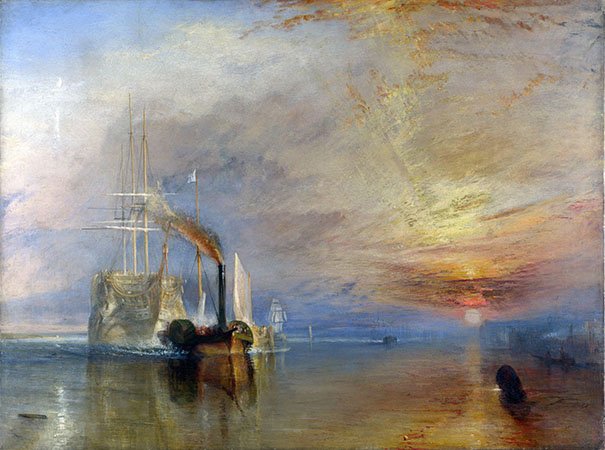
Pierre-Auguste Renoir, The Umbrellas, 1880-86
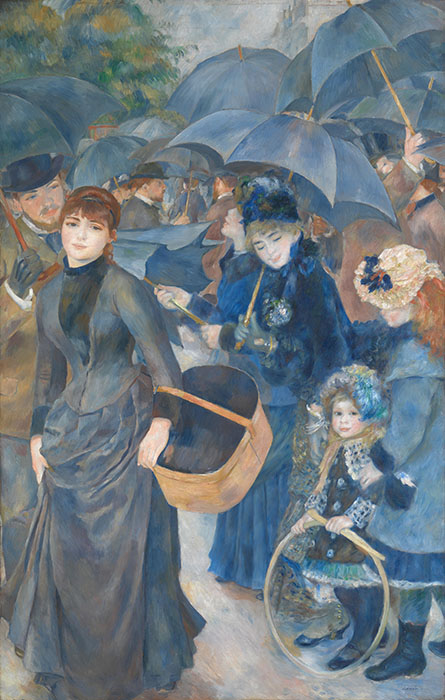
The clothes of the mother and her daughters on the right are painted in cobalt blue, while the grey-blue dress of the woman in the left part of the image contains artificial ultramarine.
Vincent van Gogh, The Starry Night, 1889
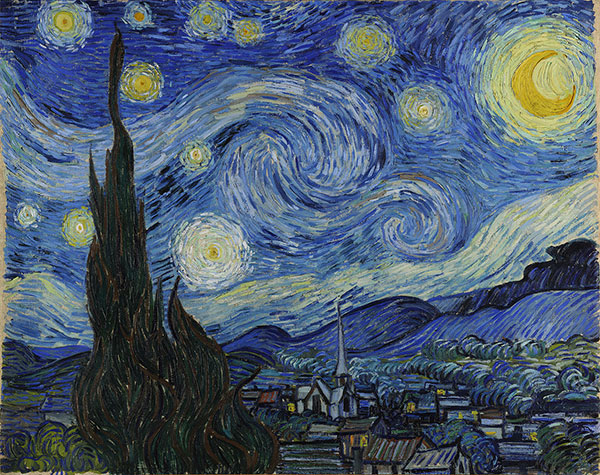
The brighter blue parts of the sky are painted in cobalt blue, while the darker more intense parts contain artificial ultramarine.
Identification
Fiber Optics Reflectance Spectrum (FORS)
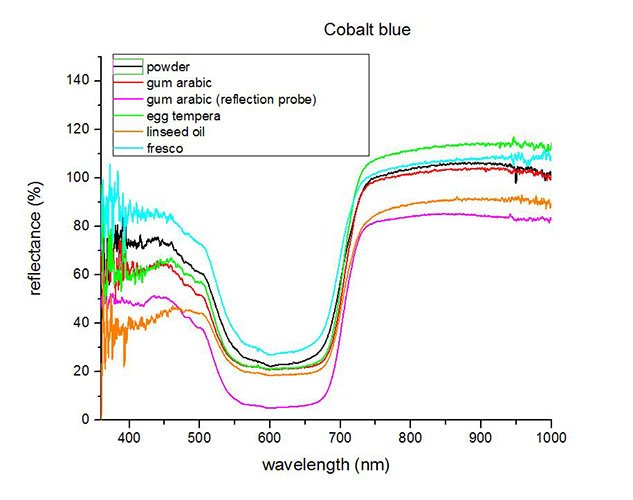
Spectra by A. Cosentino, Cultural Heritage Science Open Source (CHSOS)
Infrared Spectrum
- Spectrum by S. Vahur, Database of ATR-IR spectra of materials related to paints and coatings, University of Tartu, Estonia
2. IR-Spectrum in the ATR-FT-IR spectra of different pure inorganic pigments, University of Tartu, Estonia
Raman Spectrum
Spectrum by Ian M. Bell, Robin J.H. Clark and Peter J. Gibbs, Raman Spectroscopic Library University College of London
X-Ray Fluorescence Spektrum (XRF)
XRF Spectrum in the Free XRF Spectroscopy Database of Pigments Checker, CHSOS website.
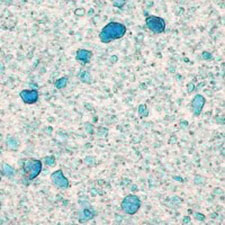
Microphotograph
image © Volker Emrath
Further Reading
References
(1) Roy, A. Cobalt blue, in Artists’ Pigments, A Handbook of Their History and Characteristics, Vol. 4, Berrie, B.H., Ed., National Gallery of Art Washington, 2007.
(2) Citoyen Thénard, Considérations générales sur les couleurs, suivies d’un procédé pour préparer une couleur bleue aussi belle que l’outremer, Journal des Mines 86: 128–136 (pdf of the original article by Thénard)
(3) Gehlen, A.F. (1803). “Ueber die Bereitung einer blauen Farbe aus Kobalt, die eben so schön ist wie Ultramarin. Vom Bürger Thenard“. Neues allgemeines Journal der Chemie, Band 2 (H. Frölich.). German translation from Thénard, L.J. (1803, (Brumaire, XII)) (pdf of the translation of the original article by Thénard into German).
(4) S. Muntwyler, J. Lipscher, HP. Schneider, Das Farbenbuch, 2nd. Ed., 2023, alataverlag Elsau, pp. 92-93.

